Ask around, and you’ll find many people fighting for the idea that sheep need to be sheared in order to survive and that it’s okay to use the collected wool for clothing. Others find it inhumane and consider it animal cruelty since workers exploit the sheep in the process.
When it comes to the real answer, there are a lot of factors that come into play.
If what comes to your mind when you think about the wool industry is a beautiful picture of innocent animals roaming grassy hills and pastures, we’re sorry to break your peace of mind. A lot of things are happening behind the scenes. So, before you decide whether it applies to the principles of vegans to wear wool or not, take a look at what we have to say.
Is Wool Vegan?
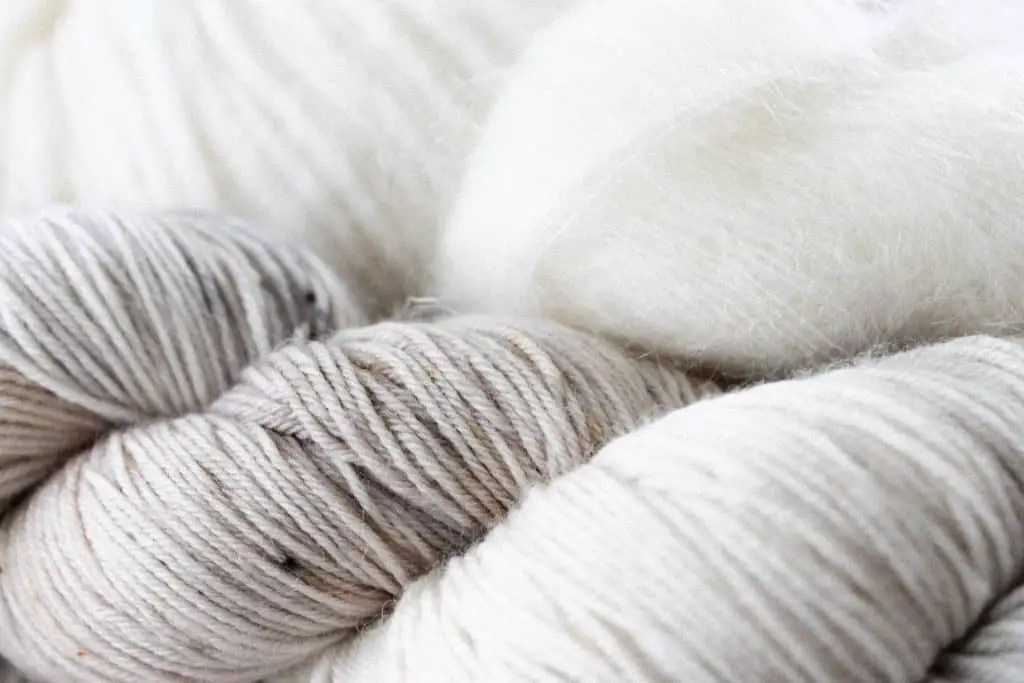
Theoretically, sheep need to be sheared if they’re unable to shed. That’s primarily practiced for the health of these animals to protect them from infections and spare them the irritation caused by their heavy coats.
In an idealistic world, the answer would be yes! Wool is vegan because, in this case, we’re not hurting animals or using them for our personal gain.
If you have your sheep and you take good care not to stress or harm them, this wool could be considered vegan. That’s because there is no animal exploitation here, and you’re handling them with decency. However, that’s not the case in the industry.
Producing wool in enormous quantities for a price that we consider reasonable, isn’t possible in an environment where people take care of the animals’ welfare.
Most wool comes from sheep raised in industrial farms, where they are subject to selective breeding, mulesing, and slaughter before the end of their natural lives. If these terms are new to you, continue reading to understand better.
Selective Breeding
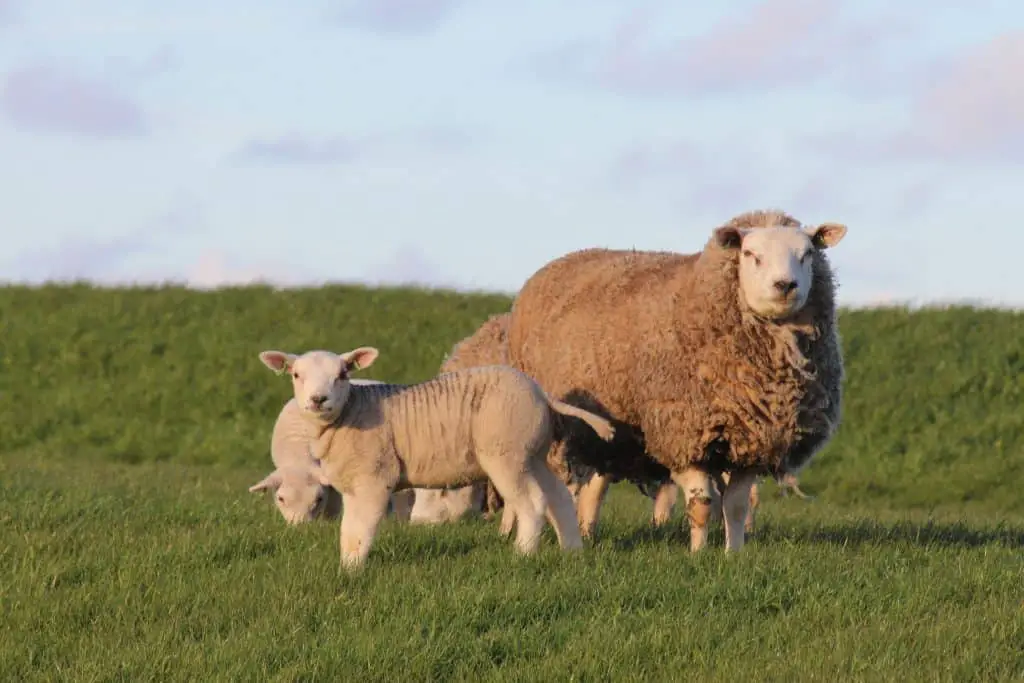
Unlike wild animals, “industrial” sheep undergo selective breeding, in which farmers develop new sheep with wrinkled skin that’s capable of producing unnaturally-thick wool. Of course, this is more profitable for the industry, but it causes the sheep to suffer from infections like flystrike, which we’ll discuss later in the article.
This is the hallmark of animal exploitation here. By doing this, they contradict what vegans stand for, as they manipulate the sheep’s genes and lives for their personal gain without giving much attention to what that does to the defenseless creatures.
Wild sheep grow enough wool to shield themselves from the cold in winter. They shed their coats by themselves when it’s time. However, It’s been found that these unnatural heavy coats that result from selective breeding cause the lambs to die of heat exhaustion during hot summers since they can’t shed their fleece naturally.
Shearing

Contrary to popular belief, sheep don’t need to be shorn! People love to believe this because it makes them feel better wearing these poor animals’ fur as if they’re providing a service for them by buying their wool.
While sheep are perfectly capable of shedding their winter coats in the spring, they are sheared before in industrial farms just because on-time shearing means a loss of wool. Unfortunately, this doesn’t happen the same way when you take your dog to the barber to groom their hair.
The problem with industrial shearing is that shearers are paid by the sheep, not be the hour. This means they strive to work fast and carelessly, causing a lot of sheep to get injured.
There are even some footages that have been taken of shearers hitting and pinning down sheep to keep them still while they trim their fleeces. You might have thought that this doesn’t happen, but it does, showcasing the dark side of the wool industry just perfectly.
Mulesing
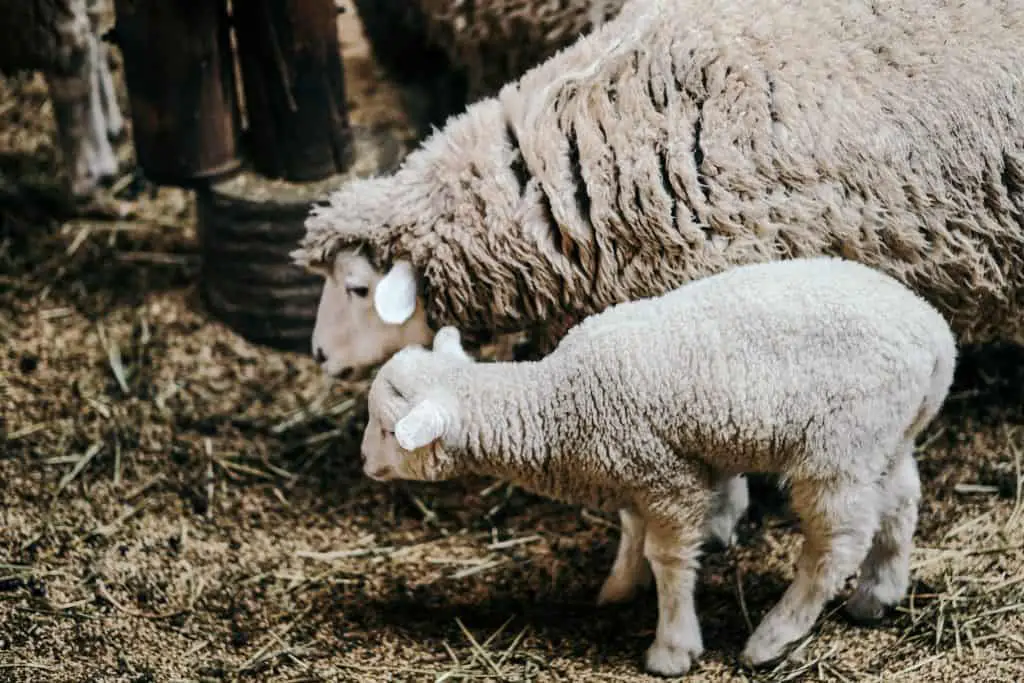
Another crime that takes place in the wool industry is mulesing, which is a vicious procedure that’s done supposedly to protect the sheep from flystrike.
This is a condition that affects sheep during heavy rainfalls and floods, where sheep’s fleeces tend to be wet and dirty more often, causing excess attraction of flies. These flies lay their eggs on the lambs’ moist skin, and within three days, the hatched larvae become ready to eat the sheep alive.
To prevent the infection, ranchers cut chunks of skin and flesh off the lambs’ backsides and around the tail. While this may seem like they’re protecting the animals from a devastating fate, it’s an act of cruelty, as they do it without anesthesia or painkillers.
On top of that, many industrial farms perform the procedure brutally, leaving the animals with nicks and scars. This has led some countries to ban this act completely. But unfortunately, it’s still legally performed in many others.
Slaughtering

Slaughtering is the last stage of these innocent creatures’ agonizing life. You may think it doesn’t have anything to do with the wool industry, but the sad truth is, the meat and wool industries are connected.
When these sheep grow old and their wool production declines, they get sent to the slaughterhouse. The industry doesn’t just leave them to die in peace. Many sheep are even shipped abroad to countries that perform slaughtering without prior stunning, which is far from humane.
Even when one would think that they get transported with mercy, they still get mistreated. They’re shipped to foreign stockyards on crowded multi-level ships, where many of them die in the holding pens.
In Conclusion
After what you’ve read, you must be feeling devastated by the wool industry’s abusive actions. By this, We clearly state that wool isn’t vegan from an ethical and moral standpoint.
Nevertheless, some vegans consider dead wool as an exception. This is based on the fact that this wool has been taken from sheep that have died naturally or killed by other wild animals, not those slaughtered for meat.
Other vegans feel comfortable buying second-hand wool because the cash doesn’t go back to the abusive industry, but this principle is corrupt! By wearing used wool, you promote the idea that wool is a desirable fabric, which further justifies the cruel acts against animals.
But if you’re just really looking to buy a jumper for the winter, there are many other cruelty-free materials to choose from like polyester fleece, cotton flannel, or any other synthetic material that doesn’t bring suffering and death to millions of animals.



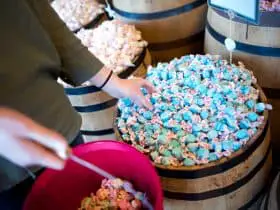
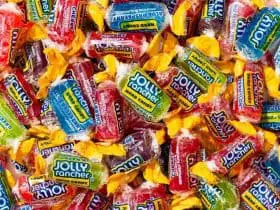
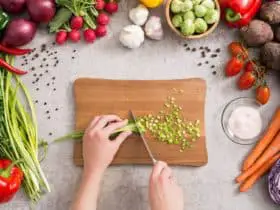
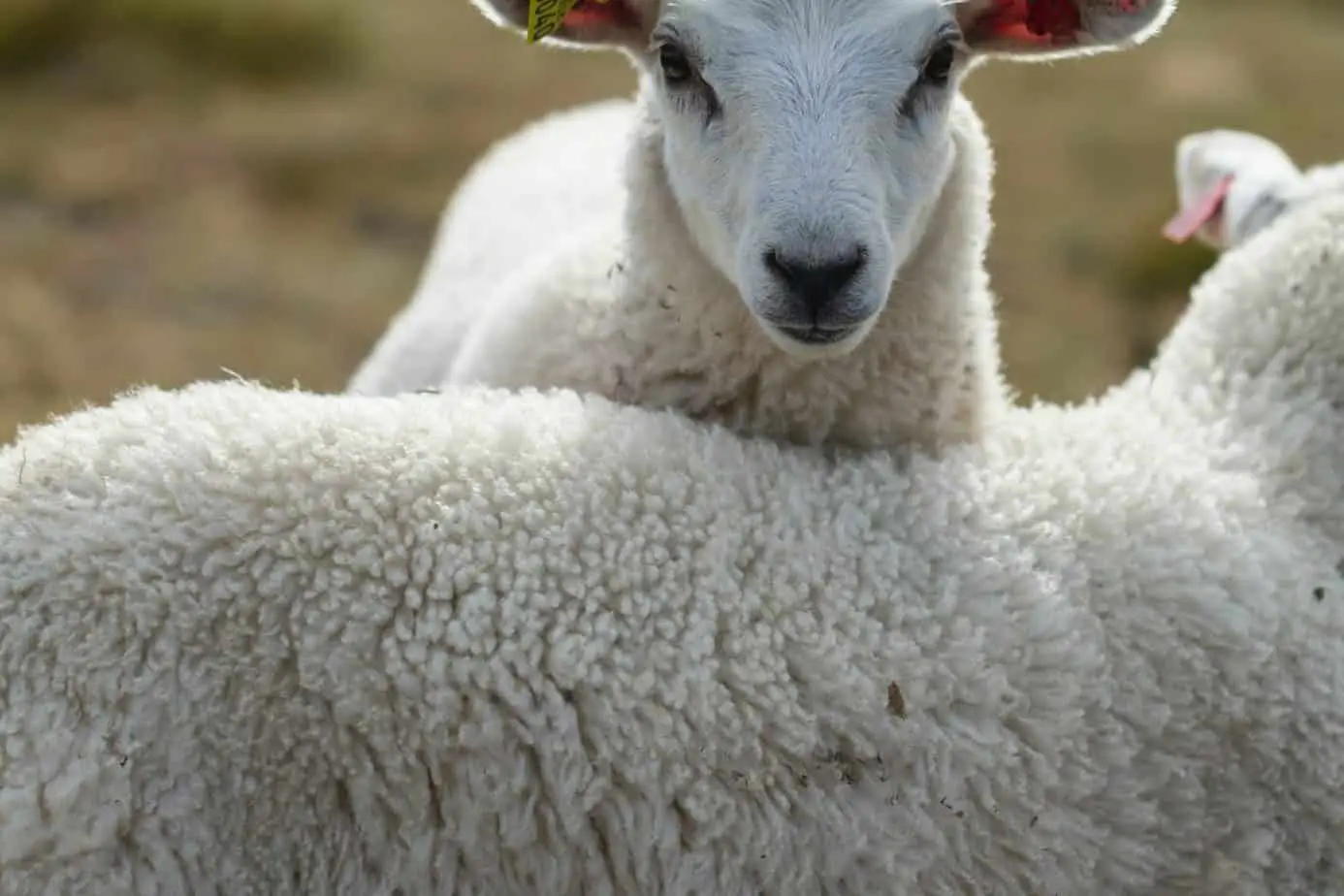
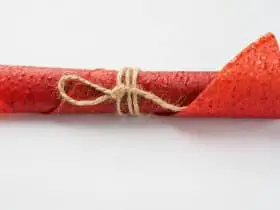

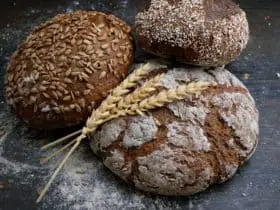


Leave a Reply